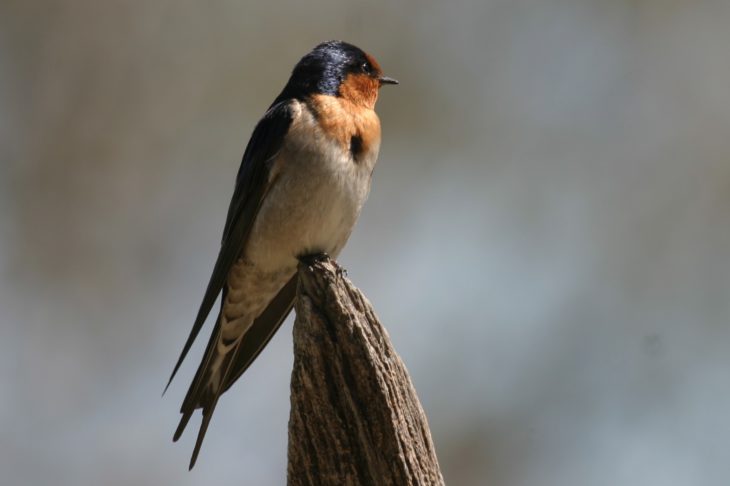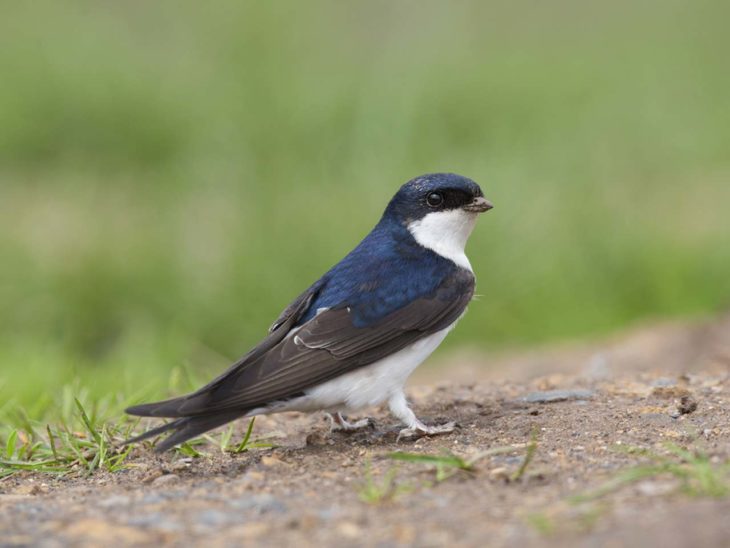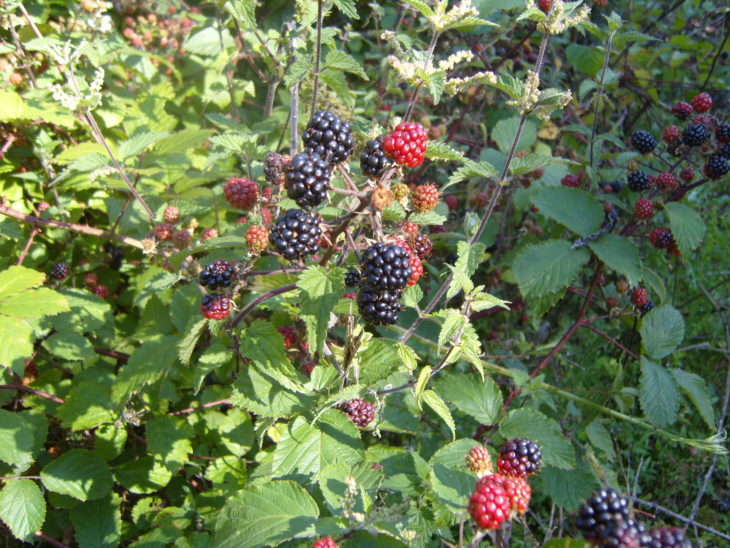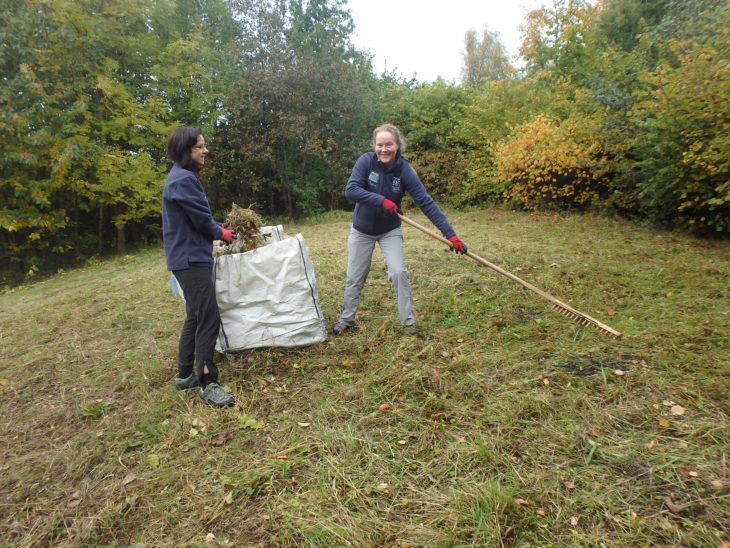Last of the summer signs
Suddenly, it’s the first week of September and already the first signs of Autumn are showing. The mornings are a bit colder, some plants are going to seed, and it’s nearly time to scythe the meadows. The swallows that visit Jupiter for the summer will soon be heading back to Africa for the winter.
By early September, most swallows are preparing to migrate. They flutter about restlessly, and often gather on telegraph wires. Most leave the UK during September, with early broods of youngsters being the first to go. The return journey to Africa takes about six weeks. Swallows from different parts of Europe fly to different destinations. Swallows leaving the UK travel down through western France and eastern Spain into Morocco, before crossing the Sahara Desert and the Congo rainforest – finally reaching South Africa and Namibia.
Swallows migrate during daylight, flying quite low and covering about 320 km (200 miles) each day. At night they roost in huge flocks in reed-beds at traditional stopover spots. Since swallows feed entirely on flying insects, they don’t need to fatten up before leaving, but can snap up their food along the way.

House martins will also be leaving us this month. House martins are thought to winter in southern and western Africa south of the Sahara. However, we know very little about their wintering areas. There has only been one recovery of a British-ringed house martin from within the winter range. This was found in February 1984 in Southern Nigeria. The reason there are so few recoveries compared with swallows, is that they do not form a communal roost at ground level where they can be easily caught.
House martin is listed as a species of medium conservation concern (Amber) because of population declines in the UK, and because it is a species of conservation concern in Europe.

Closer to home, the trees are now producing fruit and seeds, with lovely rowan berries, hawthorn, blackthorn, brambles and hazel nuts popping up around the reserve.

We will start seed saving with our volunteers soon, collecting seeds from all the different plants around the reserve. These seeds are kept in the classroom over winter, to be replanted next spring. The annual meadow maintenance is also planned for this month, which involves scything the meadows. The vegetation is left for a few days to allow any seeds to drop out into the soil, to allow new plant regeneration in spring. The cut vegetation is then raked away to prevent extra nutrients from allowing fast growing competitive species, such as thistles and nettles from taking over and out competing the meadow wildflowers. For this work we need lots of helpers, several sharpeners and bundles of enthusiasm!

We are looking for more volunteers to help with our Wildlife watch groups. If you are interested, take a look at our advert on the website.
Katherine Rennie,
Jupiter Assistant Ranger
Help protect Scotland’s wildlife
Our work to save Scotland’s wildlife is made possible thanks to the generosity of our members and supporters.
Join today from just £3 a month to help protect the species you love.
Preface
Suddenly, it’s the first week of September and already the first signs of Autumn are showing. The mornings are a bit colder, some plants are going to seed, and it’s …
